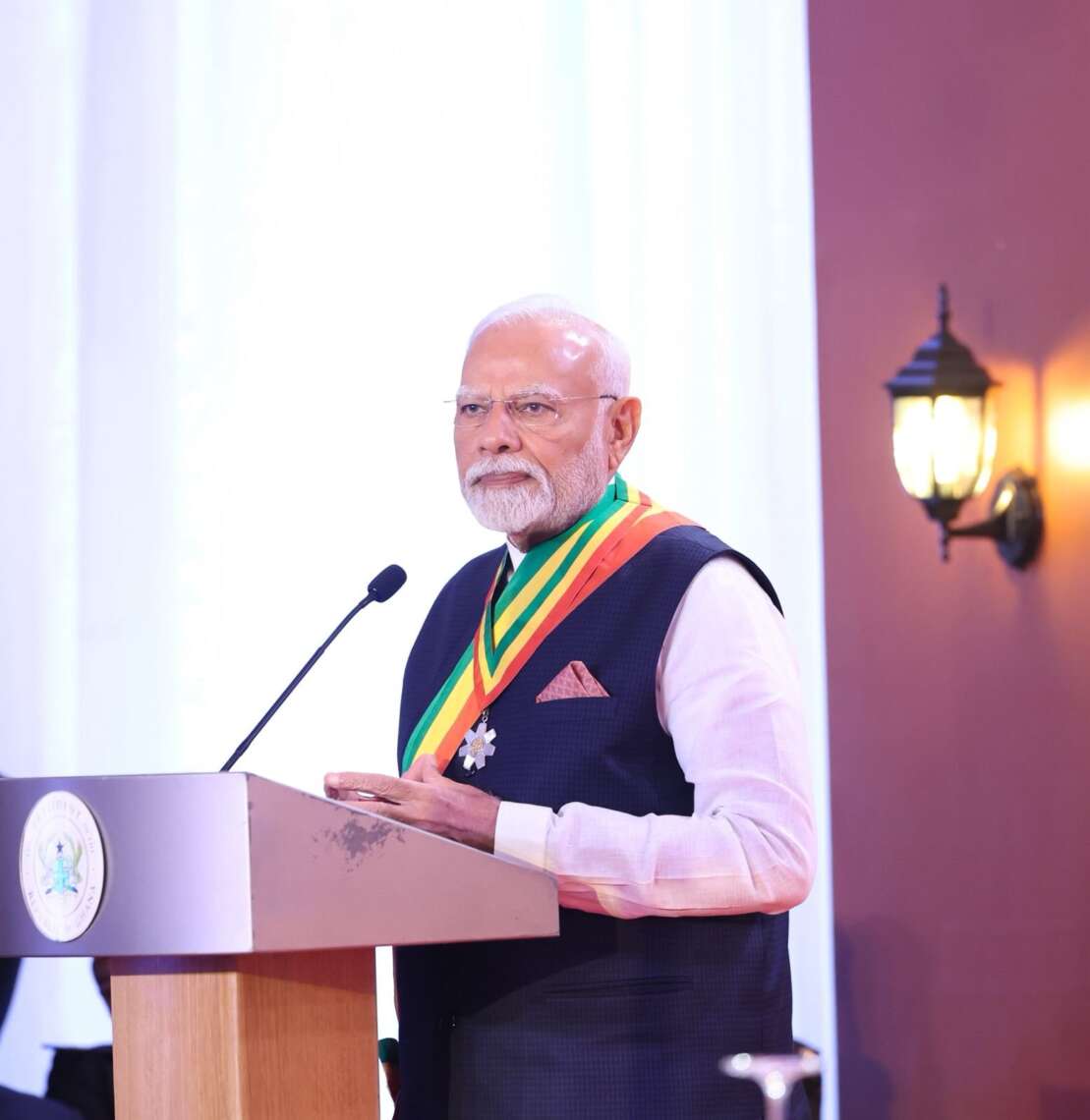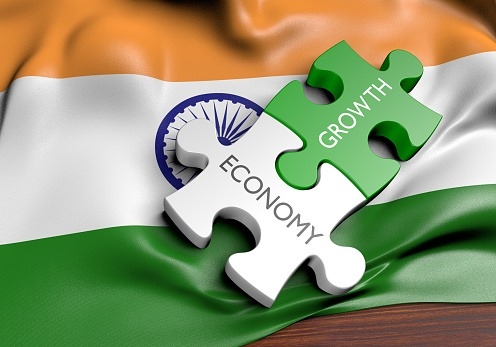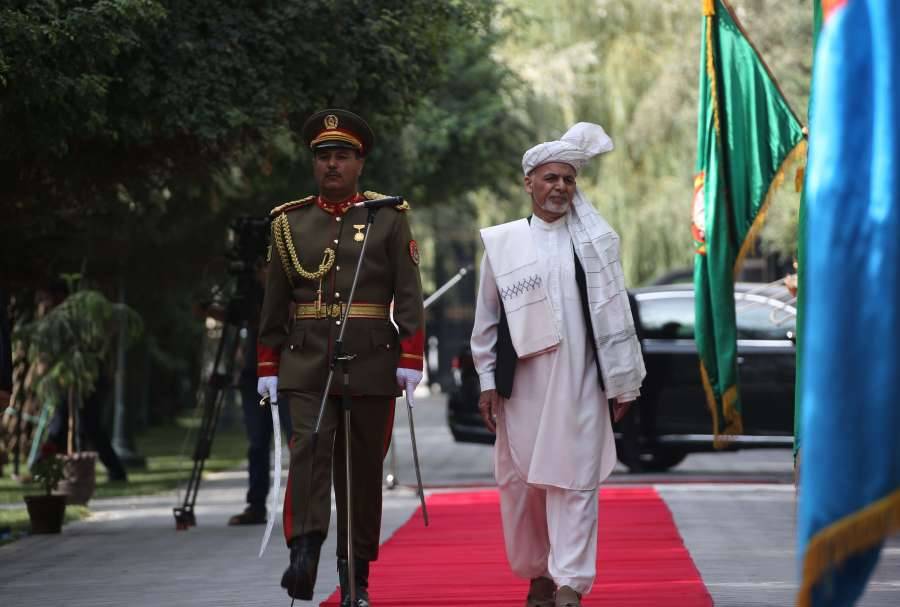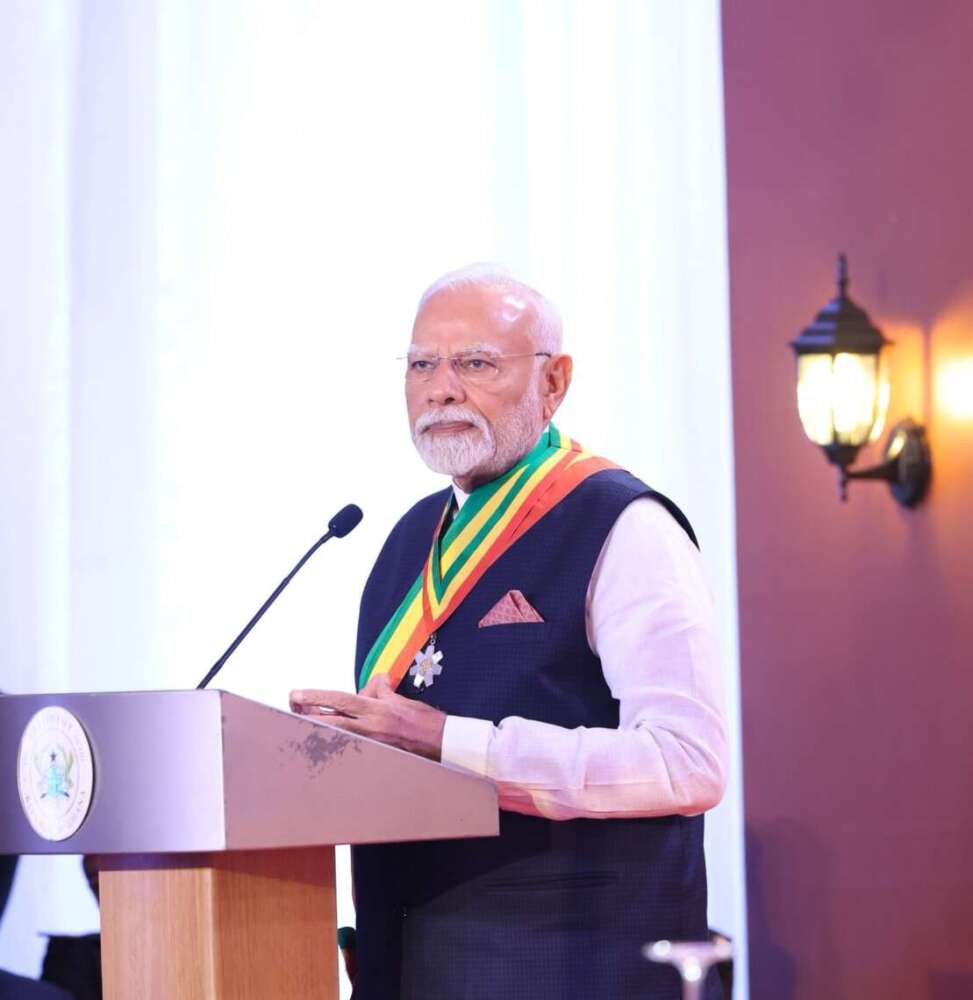Singapore ranked top for the first time followed by Slovenia, Norway, Malta and Denmark…reports Asian Lite News
India is ranked 122nd in the 2020 Global Youth Development Index, which measures the status of young people in 181 countries around the world, the Commonwealth Secretariat said on Tuesday.
Singapore ranked top for the first time followed by Slovenia, Norway, Malta and Denmark.
Chad, the central African Republic, South Sudan, Afghanistan and Niger finished at the bottom, respectively.
The index revealed that the condition of young people improved around the world by 3.1 per cent between 2010 and 2018, but progress remained slow.
The Commonwealth Secretariat released its triennial rankings of youth development in 181 countries, with 156 of them recording at least slight improvements in their scores.
While the data used in the index pre-dates Covid-19, the report highlights the positive trajectory of youth development, which the virus could reverse for the first time unless urgent action is taken to secure the pre-pandemic gains.

The index ranks countries between 0.00 (lowest) and 1.00 (highest), according to the developments in youth education, employment, health, equality and inclusion, peace and security, and political and civic participation.
It looks at 27 indicators, including literacy and voting, to showcase the state of the world’s 1.8 billion people between the age of 15 and 29.
Afghanistan, India, Russia, Ethiopia and Burkina Faso were the top five improvers, advancing their score on an average by 15.74 per cent.
On the other hand, Syria, Ukraine, Libya, Jordan and Lebanon showed the greatest decline in youth development between 2010 and 2018.
Overall, the index showed advances in youth’s participation in peace processes and their education, employment, inclusion and healthcare since 2010.
Health made the largest gains of 4.39 per cent driven by a 1.6 per cent decline in global youth mortality rates and a 2 per cent drop in each HIV, self-harm, alcohol abuse and tobacco use.
Sub-Saharan Africa made the greatest strides in improving the health of young people.
Levels of underemployed youth and those not in school, training or work remained constant. Advances in equality and inclusion are led by improved gender parity in literacy as well as fewer child marriage cases and pregnancies in girls under 20. Yet, no progress occurred in women’s safety.
The global education score increased by 3 per cent, with South Asia making the largest improvement at 16 per cent, followed by sub-Saharan Africa at 10 per cent.
Peace and security improved by 3.41 per cent, resulting from fewer young people dying from direct violence.













